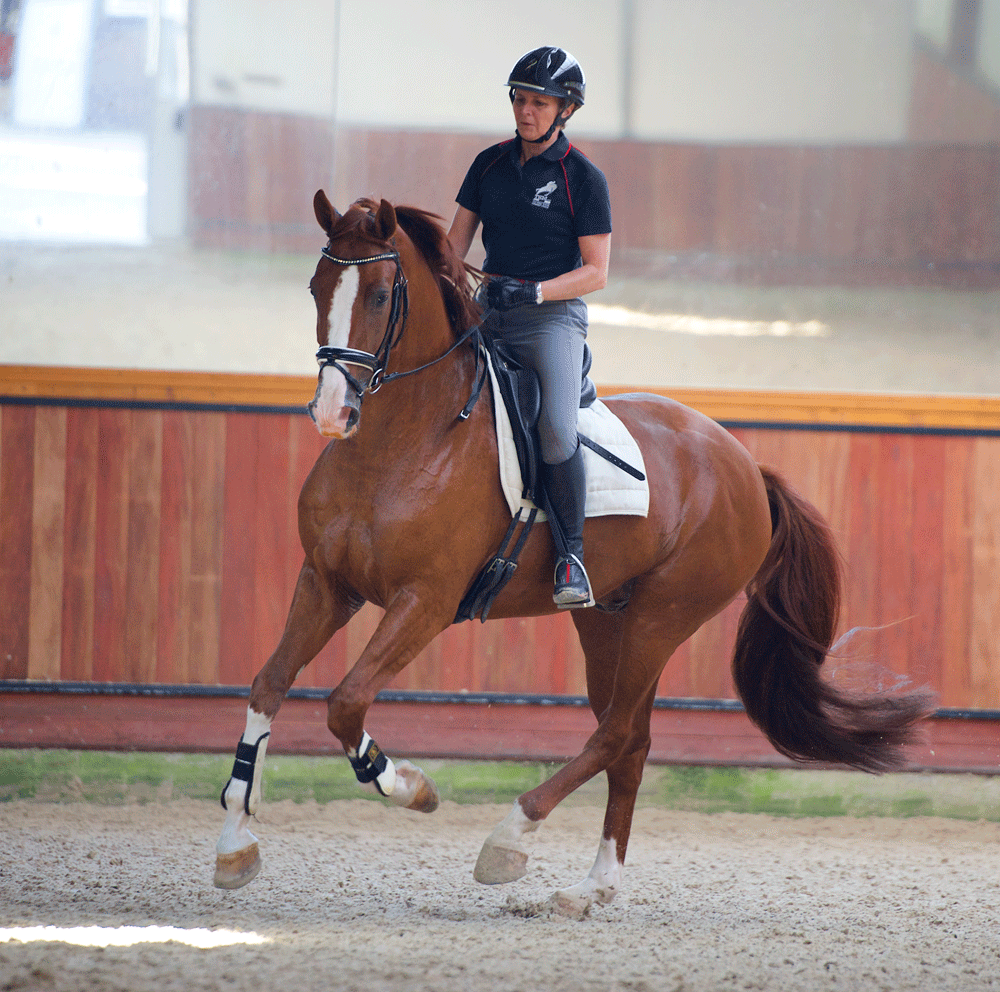

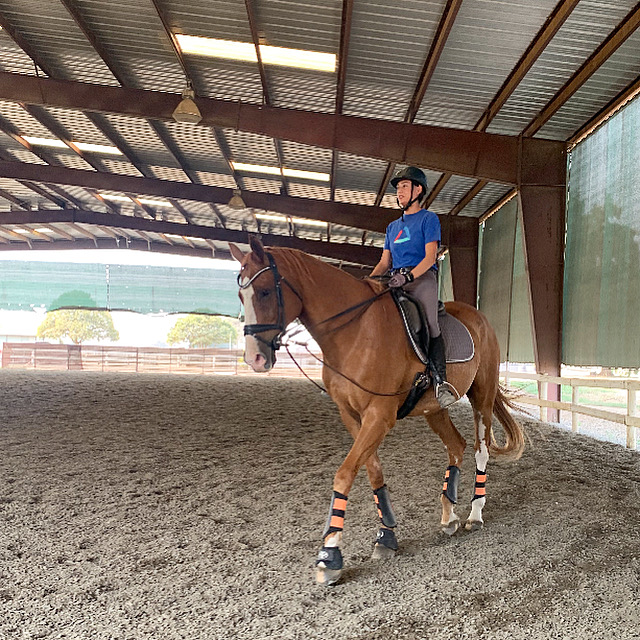 Open source coded
by Morgan Coyle
Open source coded
by Morgan Coyle
Demystify the sitting trot with these easy steps...
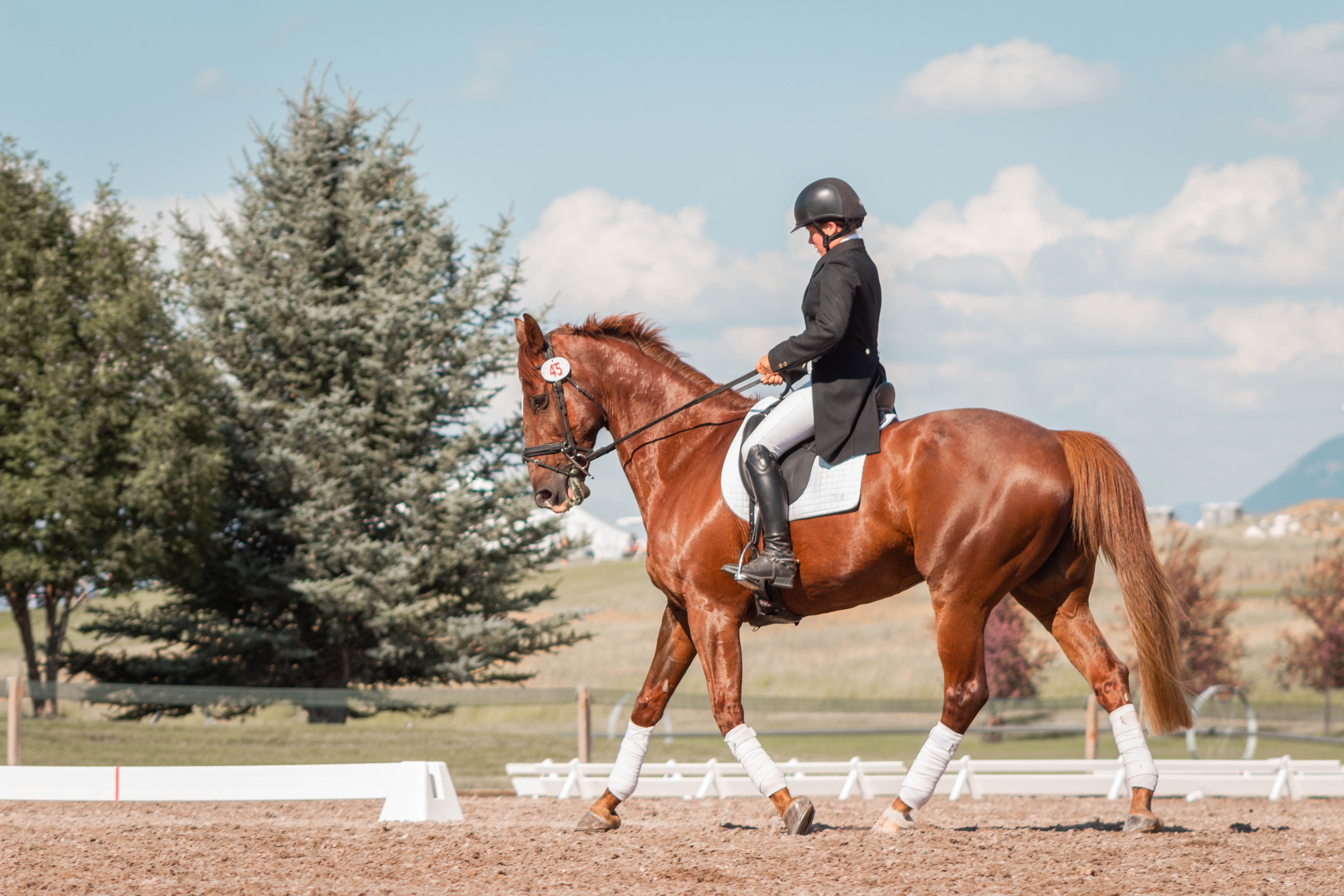
Sit deeply in the saddle. You should feel secure and supple during the transition. You should feel weight in your elbows, seat, ankles, and lower leg.
Inhale then exhale at the same time you squeeze outside leg back.

Tension in your body will block the natural motion of the horse's canter. Tension will make the canter transition difficult. If your body is stiff, then the horse's body will be stiff. "Relax, relax is the key. Soften the ankle, the thigh, the knee."
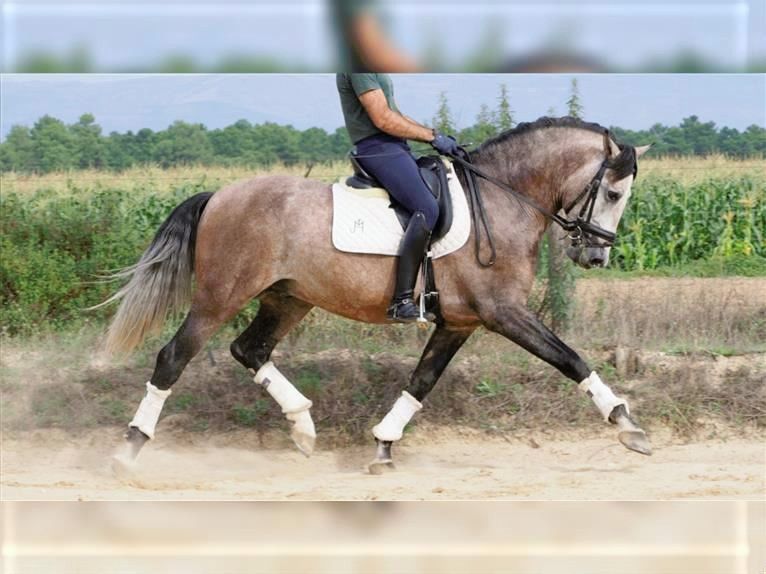
To transition to canter, you must create a trot that is capable of
the transition. Establishing a collected trot ensures the horse is
lifting through its back and thus the motion of the trot is much
easier to transition up or down.
When the horse is collected, it is engaging all the proper
muscles, so it builds the right kind of fitness.
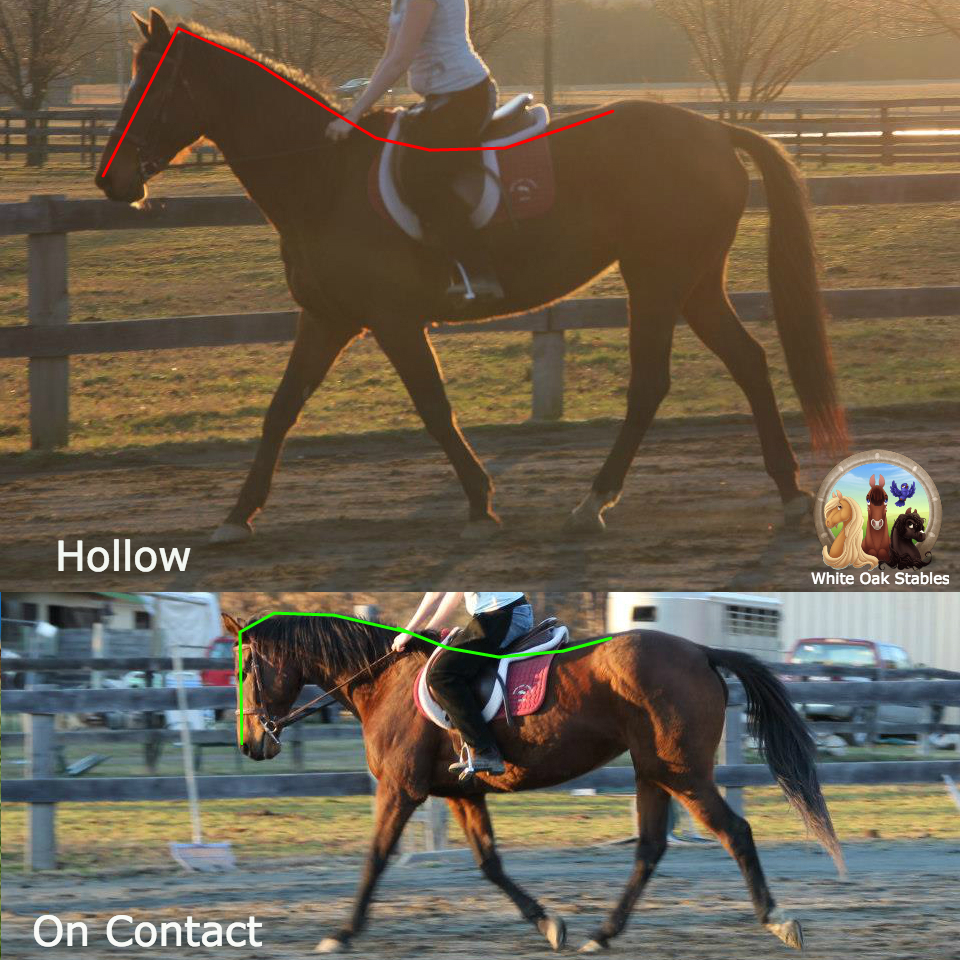
If the horse is trotting with a hollow back, then the motion of the trot will be difficult to control, and thus, the canter becomes equally difficult to control. A hollow back might lead to injury as the horse is not using its muscles properly.